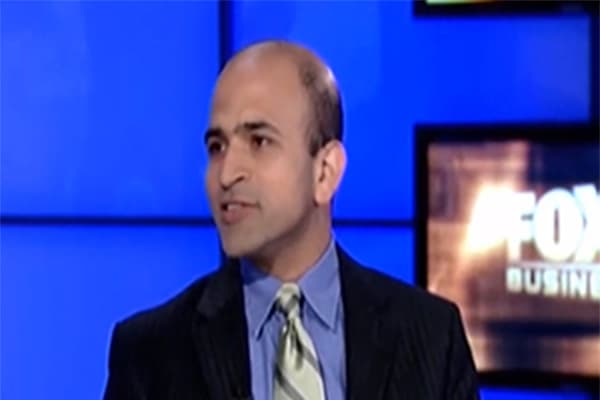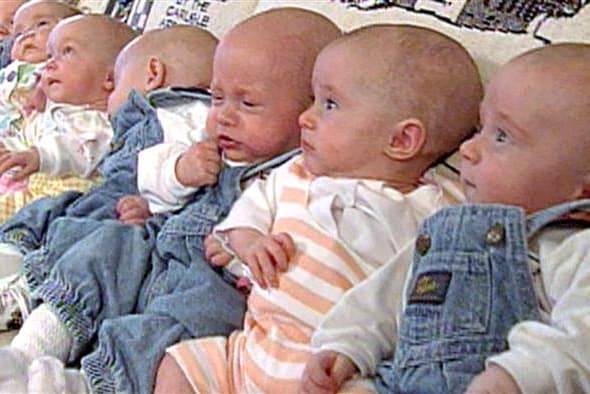Nagpur: The National Crime Records Bureau (NCRB) statistics of 2016 paint a grim picture of the city's crime situation. Factors as diverse as the city's central location, and the active anti-drunk driving prosecutions may have contributed to some of the dismal figures, but not all the high figures can be explained this way.
The crime rate, calculated per one lakh population according to the 2011 census, when Nagpur had 25 lakh inhabitants, associates the city with high frequency of robbery (13.6) with 340 incidences, which is next only to Delhi's (27.9). In dacoity too, the city's rate of 1.1 is surpassed only by Delhi with 1.5 and Bengaluru 1.2. These figures show Maharashtra chief minister Devendra Fadnavis's hometown is struggling to tackle property crimes, which cannot be blamed on outside factors.
However, some trends that ended up giving the city the label of being the 'crime capital' have some mitigating factors. For example, the human traffickers thriving here seem to be exploiting the city's central location and vast transport network connecting all corners of the country. This explains the high rate of human trafficking (5) in Nagpur in comparison to other places, like Chennai (2.4) and Coimbatore (1.9).
Social worker and principal of St Ursula Girls High School Rachna Singh said, "Nagpur's economic viability and connectivity makes it a lucrative destination for traffickers, where girls and women are easily lured with promises of marriages and jobs."
This also explains the rate of women trafficking (10.2) in Nagpur, which is far ahead of Chennai (4.8) and Coimbatore (3.8). The city's red-light area of Ganga Jamuna is known to be a hub of flesh trade racketeers, who bring here young girls from states as disparate as Uttar Pradesh and Odisha. "NGOs should be empowered, and awareness is needed so young women and their families do not walk into such traps," said Singh.
City police chief K Venkatesham too argued against some "glaring flaws in data management system of the national record creation and maintaining body". "In IPC offences, Nagpur is ranked 11th (377 crimes per 1 lakh) overall with 25 lakh population. In 2016, the population under Nagpur police commissionerate was 29.81 lakh, without counting Kamptee and Hingna, and not 25 lakh as per the 2011 census. This makes the calculations unarguably unfair towards city and police department," he said.
Venkatesham also said that rise in Special Local Laws (SLL) crimes is not lawlessness, but just a reflection of high standard of pro-active policing. "The higher number of SLL crimes are due to the intense drunken driving cases (27, 963), where city police have managed to top the state. The drunken driving cases may have pushed up the SLL crimes, but they saved numerous lives, so much so that fatal accidents have decreased by 22% compared to last year," he said.
He also said that Nagpur police is the only unit in the state to have conducted the security perception index survey through a private institution on several parameters of policing. "In the survey of expectations and perceptions, Nagpur police scored 157% increase in image in 2017 as compared to 2014, and another 135% rise in functional effectiveness," said the CP.
Former CP PKB Chakraborty also argued that NCRB data is not the right mirror of the city, since security perception is an outcome of many other parameters too, which may not have been included in the records. "This data cannot be used to project incompetence of the police department," he said.
The crime rate, calculated per one lakh population according to the 2011 census, when Nagpur had 25 lakh inhabitants, associates the city with high frequency of robbery (13.6) with 340 incidences, which is next only to Delhi's (27.9). In dacoity too, the city's rate of 1.1 is surpassed only by Delhi with 1.5 and Bengaluru 1.2. These figures show Maharashtra chief minister Devendra Fadnavis's hometown is struggling to tackle property crimes, which cannot be blamed on outside factors.
However, some trends that ended up giving the city the label of being the 'crime capital' have some mitigating factors. For example, the human traffickers thriving here seem to be exploiting the city's central location and vast transport network connecting all corners of the country. This explains the high rate of human trafficking (5) in Nagpur in comparison to other places, like Chennai (2.4) and Coimbatore (1.9).
Social worker and principal of St Ursula Girls High School Rachna Singh said, "Nagpur's economic viability and connectivity makes it a lucrative destination for traffickers, where girls and women are easily lured with promises of marriages and jobs."
This also explains the rate of women trafficking (10.2) in Nagpur, which is far ahead of Chennai (4.8) and Coimbatore (3.8). The city's red-light area of Ganga Jamuna is known to be a hub of flesh trade racketeers, who bring here young girls from states as disparate as Uttar Pradesh and Odisha. "NGOs should be empowered, and awareness is needed so young women and their families do not walk into such traps," said Singh.
City police chief K Venkatesham too argued against some "glaring flaws in data management system of the national record creation and maintaining body". "In IPC offences, Nagpur is ranked 11th (377 crimes per 1 lakh) overall with 25 lakh population. In 2016, the population under Nagpur police commissionerate was 29.81 lakh, without counting Kamptee and Hingna, and not 25 lakh as per the 2011 census. This makes the calculations unarguably unfair towards city and police department," he said.
Venkatesham also said that rise in Special Local Laws (SLL) crimes is not lawlessness, but just a reflection of high standard of pro-active policing. "The higher number of SLL crimes are due to the intense drunken driving cases (27, 963), where city police have managed to top the state. The drunken driving cases may have pushed up the SLL crimes, but they saved numerous lives, so much so that fatal accidents have decreased by 22% compared to last year," he said.
He also said that Nagpur police is the only unit in the state to have conducted the security perception index survey through a private institution on several parameters of policing. "In the survey of expectations and perceptions, Nagpur police scored 157% increase in image in 2017 as compared to 2014, and another 135% rise in functional effectiveness," said the CP.
Former CP PKB Chakraborty also argued that NCRB data is not the right mirror of the city, since security perception is an outcome of many other parameters too, which may not have been included in the records. "This data cannot be used to project incompetence of the police department," he said.
Get latest news & live updates on the go on your pc with News App. Download The Times of India news app for your device.















